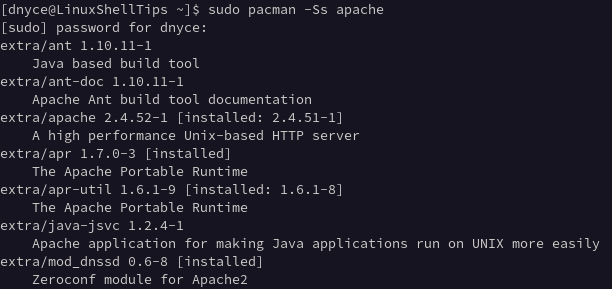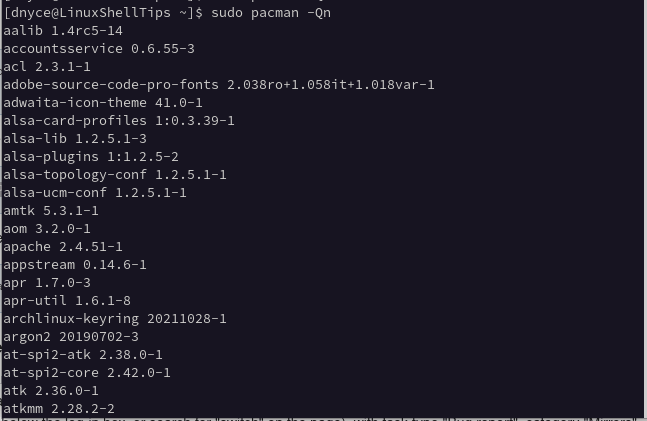Pacman Commands Cheat Sheet for Arch Linux
One uniqueness or key identifier of different Linux distributions is in the package manager they use to update, install, configure, and uninstall various targeted software packages. In Arch Linux, the package manager is called Pacman.
This tutorial seeks to walk you through some commonly used and unique Pacman commands that will make your Arch Linux interaction and experience easier and much more memorable.
It is highly advisable to be a root user or have Sudoer user privileges on your Arch Linux system to fully benefit from what the Pacman command has to offer.
Updating and Upgrading Arch Linux
If you only want to update the software database of your Arch Linux system, go with the following command:
To update and upgrade your Arch Linux system, go with the following command:
Install Package(s) in Arch Linux
If you have a specific package called an apache web server in mind that you wish to install, it is advisable to first search for the availability of the package. This step is useful because some Linux OS distributions identify common packages differently.
To install an identified package, adhere to the following command:
Supposing you have a local package or one that you have downloaded from a website and wish to install it, you need to adhere to the following command.
$ sudo pacman -U /path/to/your/installable/package
For all repo-based packages re-installation (during emergencies), implement the following command.
$ sudo pacman -Qnq | pacman -S -
Remove Package(s) in Arch Linux
To remove or uninstall a specific Arch Linux installed package, adhere to the following command.
$ sudo pacman -R name_of_package
To remove or uninstall an Arch Linux package together with its dependencies not tied to other active packages, reference the following command syntax:
$ sudo pacman -Rs name_of_package
To uninstall a specific Arch Linux package, remove its global configuration, and avoid its orphaned dependencies, use the following command syntax.
$ sudo pacman -Rns name_of_package
Query Package(s) in Arch Linux
You might wish to retrieve some information about an installed package. The command syntax to use is as follows:
$ pacman -Qi name_of_package
For the apache package we installed earlier, we can get the following info about it:
We can also query about an installable package and its associated dependencies via the command syntax:
$ sudo pacman -Sii name_of_package
To list installed packages, execute the command:
Arch Linux Pacman Cheat Sheet
Following are the list of commonly used commands for the Pacman package manager in Arch Linux.
| Command | Description |
| sudo pacman -Syy | Update package list |
| sudo pacman -Syu | Update and upgrade all |
| sudo pacman -S pkgname | Install specific package |
| sudo pacman -Ss keyword | Find available packages |
| sudo pacman -Qs keyword | Find available local packages |
| sudo pacman -Ql pkgname | List all files from a package |
| Sudo pacman -Rsc pkgname | Uninstall a package |
| sudo pacman -Qii pkgname | List information on package |
With the Pacman command cheat sheet, you should be comfortable enough to take your Arch Linux OS experience to the next level.



